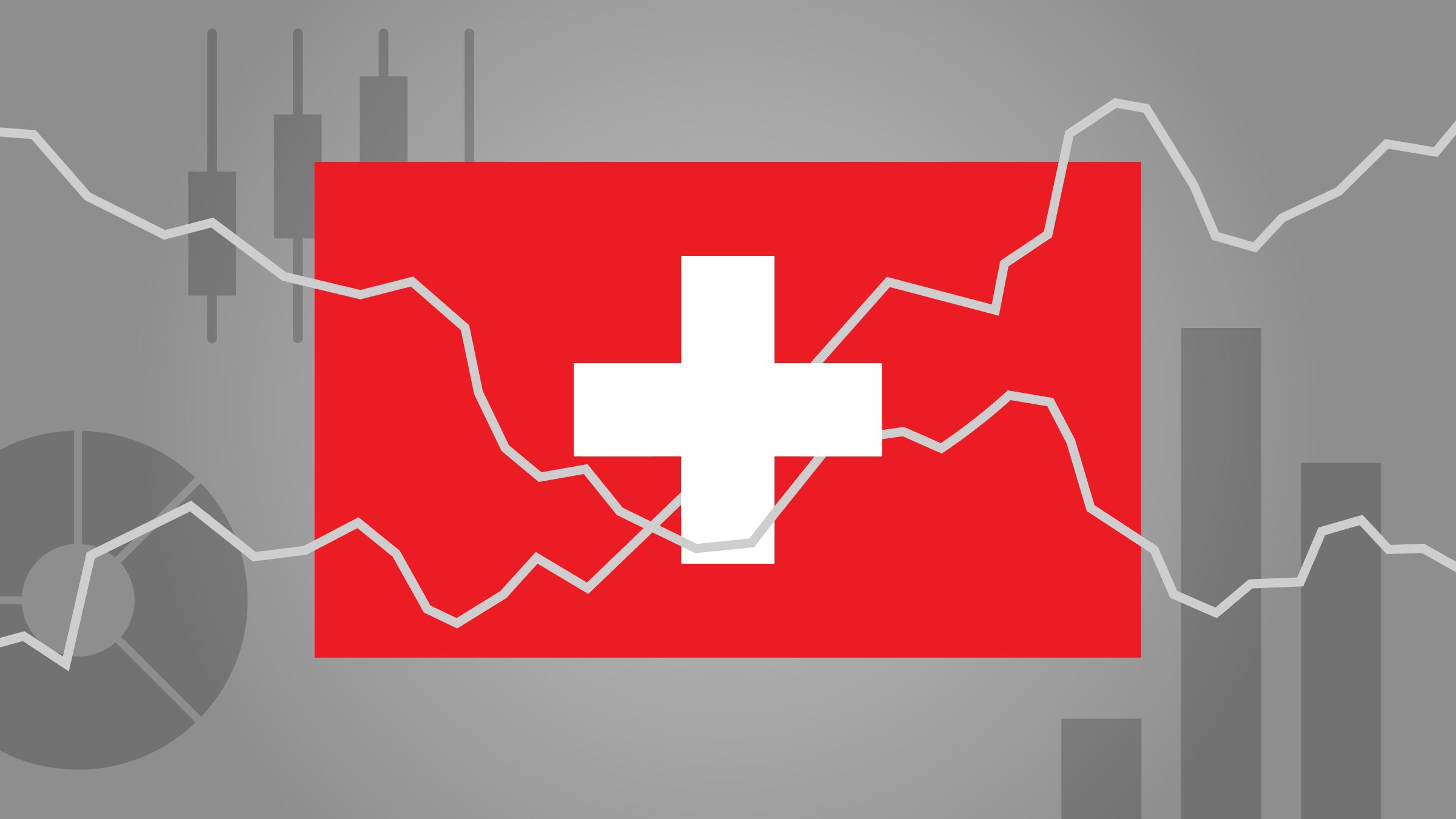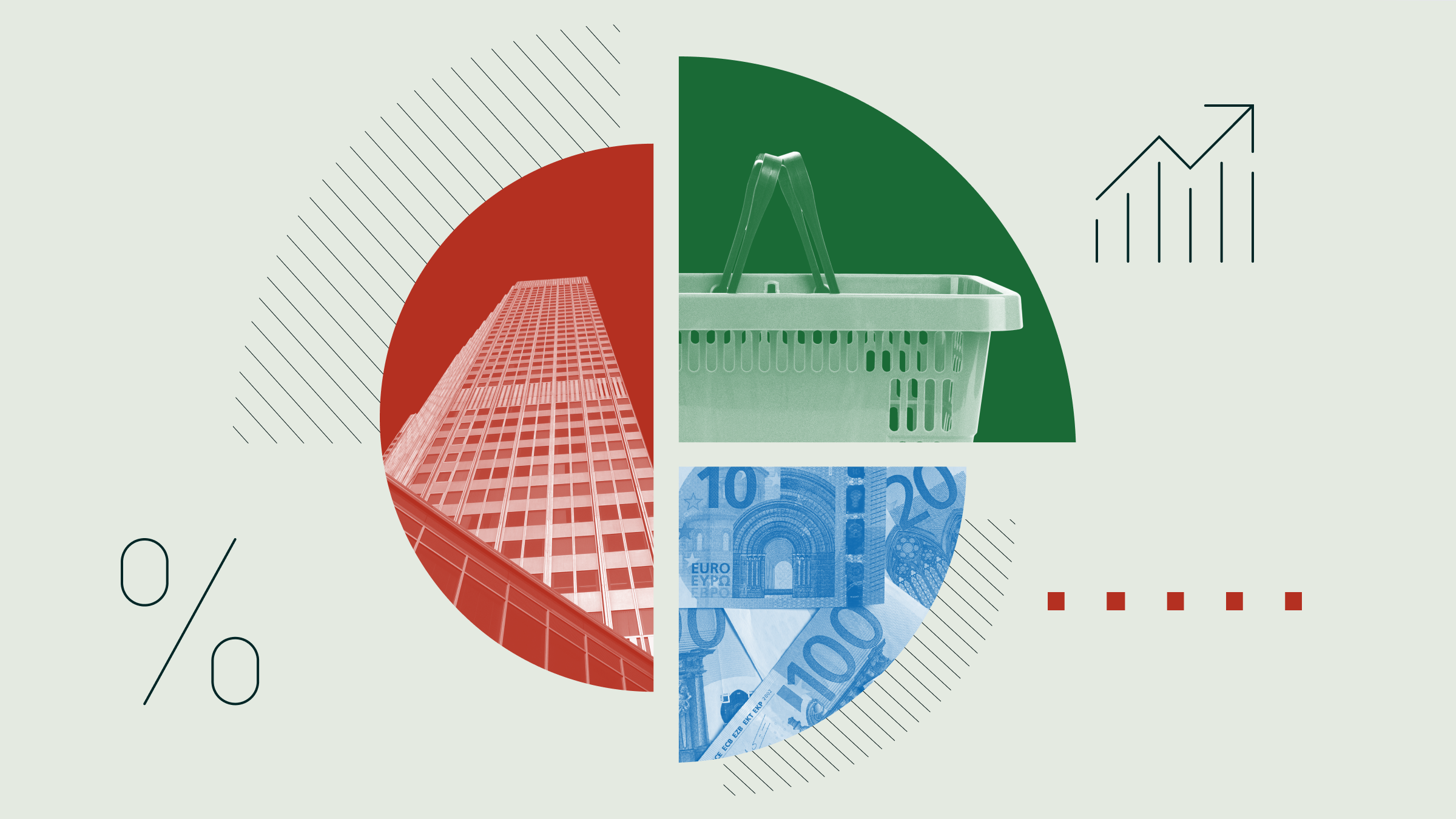Rolle im Portfolio
The iShares Euro Corporate Bond ex-Financials ETF offers investors exposure to the market of EUR-denominated investment grade corporate bonds issued by industrial and utility companies. Investors have been traditionally attracted to investment-grade corporate bonds for the expected steady income at higher vis-à-vis government bonds of similar rating and an assumed lower risk profile vis-à-vis equity. Within the corporate bond market, non-financial issuers usually carry lower risk than financials.
The combination of yield pick-up and relative security vs. equity makes this ETF a candidate to work as a satellite component of a fixed income investment portfolio, affording investors the means to enhancing overall returns. But it can also be used as a tactical bet to overweight exposure to the non-financials segment of the corporate bond market. In this latter case, the likely investment objective could be one of risk-minimisation. It must be noted that amongst sectors within the corporate debt market, financial debt usually has the highest credit spreads, followed by industrial and utility.
This ETF tracks a Barclays Capital index which is very broad in its geographical scope, hence suiting investors looking to maximise diversification. The overwhelming majority of corporate debt issuers are located in developed economies. However, the fact remains that by gaining exposure to both large and medium-sized corporate issuers from a variety of countries, investors assume a higher level of notional risk (e.g. credit rating moves impacting on performance of specific sectors and/or countries).
Investors also have to take into consideration the potential performance risks arising from inflationary pressures and their ultimate effect on monetary policy decisions. The fund is EUR-denominated and so the monitoring focus should be on European Central Bank policy action. The ETF tracks an index with average maturity of around five years and modified duration around 4%.
Fundamentale Analyse
Investor interest in the corporate bond market has grown substantially since the onset of the financial crisis. The search for safety away from troubled government bond markets has pushed corporate bond yields – particularly those of non-financial corporations – down by a sizeable measure (e.g. EUR-denominated investment grade non-financial corporate bond yields stood at 2.40% on average in December 2013 vs. 6.20% in January 2009). However, despite this decline in yields, credit spreads (i.e. the yield difference to notional lower risk assets such as AAA-rated government bonds) have remained positive throughout. Bonds issued by financial corporations usually have the highest credit spreads, followed by industrial and utility.
This increase in investor interest in corporate bonds has taken place against a backdrop of increased issuance. The impairment of traditional banking lending channels since the onset of the global financial crisis has forced corporations to increase the share of open-market funding to meet their investment and debt refinancing goals. However, the increase in corporate bond demand has outstripped that in supply, hence the downward trend in yields.
Despite monetary authorities’ efforts to boost money supply and the taxpayer-funded cleaning up of banks’ balance sheets, the banking sector in the world’s developed economies continues to retain a fairly high level of aversion to fully re-opening the lending tap. The easing of financial market tensions in the Eurozone since H2-12 when the European Central Bank made an unequivocal commitment to defend the integrity of the Euro was an important step towards normalisation, but the general backdrop remains fraught with uncertainty. As such, above-average corporate bond issuance growth rates are likely for the foreseeable future. However, in the long run – assuming bank lending normalises – one should expect some mean-reversion in corporate bond issuance metrics to kick in. This would mean an increase in yields.
Although this ETF excludes financial corporate bonds, it is still necessary to make a mention to the efforts undertaken by the European Central Bank (ECB) to keep the inter-banking market rolling as this has an impact on financing dynamics of all kind of corporations. Apart from conventional monetary policy measures (e.g. historically low interest rates, now with an explicit commitment to keep them so, or even lower, for an extended period), the ECB has routinely provided ample liquidity to the Eurozone banking sector at very favourable conditions via so-called “non-conventional measures” against an expanded list of accepted collateral. However, at this stage the common perception is that only a minority of this ECB funding has trickled down to real economic agents.
An eventual withdrawal of the ECB special liquidity provision measures could contribute to boost financial corporate bond yields in the future. However, this would require full normalisation of conditions in the inter-banking market and the effective resumption of bank lending to economic agents. It seems fair to say that this still remains a distant prospect as we write.
Indexkonstruktion
The Barclays Capital EUR Corporate Bond ex-Financials Index measures the performance of fixed-rate investment-grade EUR-denominated corporate bonds from industrial and utility corporations issued in the Eurobond and Eurozone markets irrespective of issuing country. Bonds with equity-type features as well as floating rate notes and private placements are excluded. There is no limit on the number of bonds eligible for the index. The distribution by sector is roughly 80% in industrials and 20% in utilities. Eligible bonds must have a minimum time to maturity of one year and a minimum outstanding of EUR 300mn. The relatively low minimum outstanding allows a broad geographical diversification in terms of issuers. However, Dutch and French issuers generally account for 45-50% of the index, both in terms of the actual number of constituents and value. Bonds are priced daily by Barclays Capital traders or third-party vendors. Analytical values are calculated daily on bid prices as of 16:15 London time. The index is rebalanced monthly on the last business day of the month. Income arising from coupon and redemptions is held in the index as non-invested cash until rebalancing when it is then removed from the index.
Fondskonstruktion
The iShares Euro Corporate Bond ex-Financials ETF was launched in September 2009 and is domiciled in Ireland. This is a EUR-denominated ETF that distributes dividends on a semi-annual basis, with historical data showing a January-June/July payment pattern. iShares uses physical replication to track the performance of the Barclays Capital EUR Corporate Bond ex-Financials index. As the benchmark index of reference holds a fairly large number of components, iShares uses statistical sampling in order to construct the fund. However, close examination has routinely shown that the extent of sampling is fairly limited. As we write (e.g. mid December 2013), the number of constituents in the fund stood around the 800 mark. In terms of maturity distribution, the fund has a clear short-to-medium-term maturity bias (e.g. around 70% of the fund constituents have a maturity below seven years). iShares may engage in securities lending in order to optimise the ETF’s tracking performance. BlackRock acts as investment manager on behalf of iShares. The amount of securities that can be lent is capped to 50% per fund. Lending operations are hedged by taking UCITS-approved collateral greater than the loan value and by revaluing loans and collateral on a daily basis. The collateral is held in a ringfenced account by a third party custodian. The degree of overcollateralisation is a function of the assets provided as collateral, but typically ranges from 102.5% to 112%. Lending revenue is split 60/40 between the ETF and BlackRock, respectively.
Gebühren
The fund’s total annual expense ratio (TER) is 0.20%. This is average for ETFs offering exposure to the EUR-denominated non-financial corporate bond market. Additional costs potentially borne by investors and not included in the TER include bid/offer spreads and brokerage fees when buy/sell orders are placed for ETF shares.
Alternativen
As we write, this iShares ETF is the clear market leader in this particular segment as measured in terms of assets under management (AUM). Alternatives from other providers lag iShares in AUM terms. Amongst these we find the Deka iBoxx EUR Liquid Non-Financials Diversified ETF (TER 0.20%; physically replicated) and the Lyxor Euro Corporate Bond ex Financials ETF (TER 0.20%; swap based). The main difference between these two ETFs and the iShares vehicle is one of market exposure as they track an index (iBoxx Euro Liquid Corporate Non Financials) which restricts its bond universe to just 20 components in a bid to capture the most liquid segment of the non-financial segment of the EUR-denominated corporate bond market.
Lagging further behind in AUM terms we find the db x-trackers iBoxx EUR Liquid Corporate 100 Non-Financial ETF (TER 0.20%) and the Amundi Euro Corporate ex-Financials iBoxx ETF (TER 0.16%), both swap-based.
It is worth noting that investors seeking to restrict exposure to this market to the shorter-end of the maturity spectrum can make use of the iShares Euro Corporate ex-Financials 1-5 ETF (TER 0.20%).

















